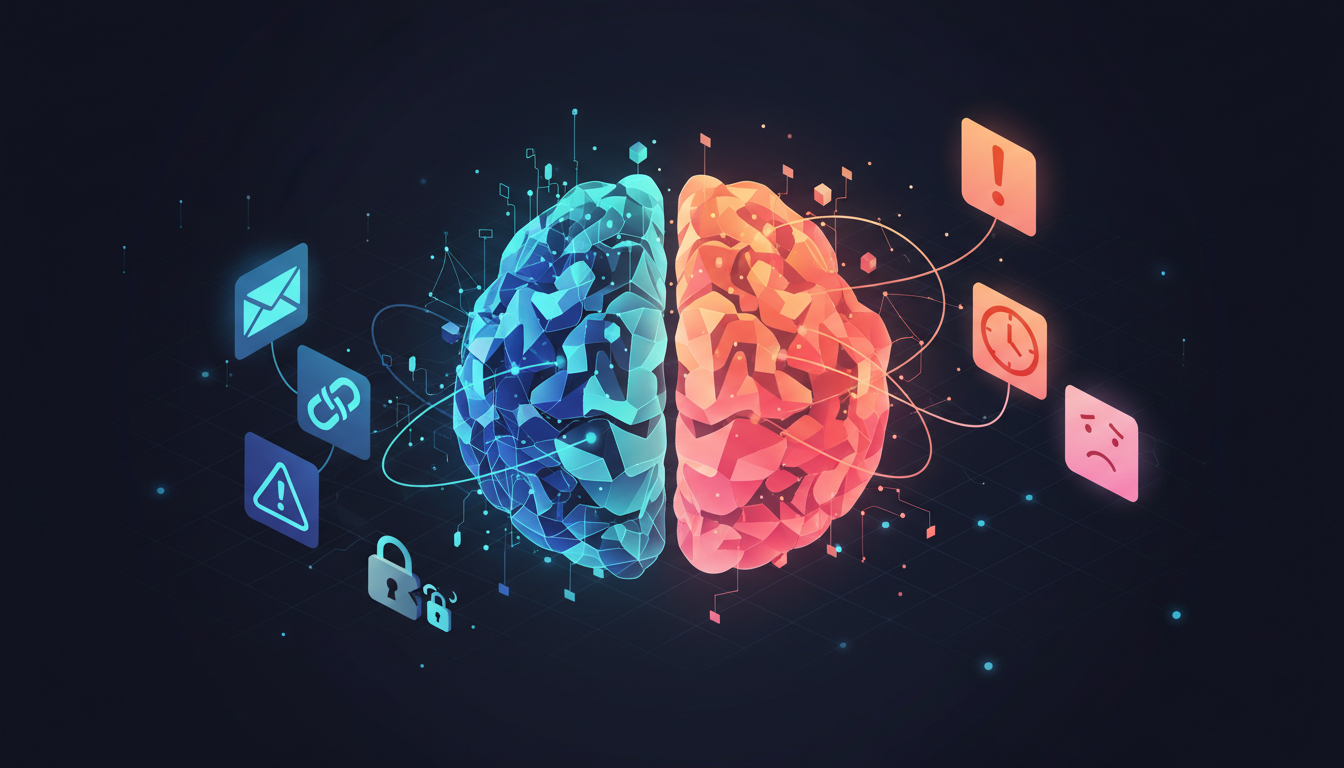Tag: IT Security
-
In today’s hyperconnected world, cyber threats no longer arrive only as lines of malicious code or shadowy malware hidden in downloads. Increasingly, they come wrapped in headlines, hashtags, and viral posts. Fake news and misinformation campaigns have quietly become one of the most effective weapons in the modern cyber threat landscape—and their impact on cybersecurity…
-
Why do smart people still click the wrong link?By ksquared When people picture “hackers,” they usually imagine someone in a dark room breaking into computers with lines of code. In reality, many of the most successful cyberattacks don’t start with code.They start with people. Hackers know that the easiest way into a company or personal…
-
When a data breach hits, the clock starts ticking. Your next moves can either turn chaos into control—or make things worse. The good news? With a clear plan and calm execution, you can contain damage, meet legal requirements, and even strengthen trust with customers and partners. Here’s your action-ready playbook for responding to a data…
-
From Firefighting to Foresight If security once felt like whack-a-mole, you’re not imagining it. Alerts pop up, teams scramble, and by the time the dust settles, the attacker has moved on. Threat intelligence flips that script. Think of it as your weather radar: it spots storms before they hit, shows you where they’re headed, and…
-
Picture the internet as a vast Wild West frontier, where outlaws (hackers) are armed with AI slingshots and shape-shifting disguises. Your trusty antivirus (AV) software? It’s evolving from a lone sheriff with a badge to a high-tech posse with predictive powers. In this post, we’ll saddle up and explore how AV is gearing up for…
-
In our increasingly connected world, the Internet of Things (IoT) has revolutionised how we interact with everyday devices, from smart thermostats in homes to sensors in industrial factories. However, this explosion of connectivity brings significant cybersecurity challenges. As of 2025, with billions of IoT devices online, vulnerabilities are rampant, and attacks are on the rise.…
-
If you’re like me, you’ve probably forgotten a password or two (or twenty) in your lifetime. But what if I told you that the days of juggling complex passwords, sticky notes, and endless reset emails are numbered? Welcome to the era of passwordless authentication—a shift that’s not just a buzzword but a seismic change in…
-
Ransomware continues to be one of the most disruptive and costly cyber threats facing organisations and individuals worldwide. As attackers evolve their tactics, it’s crucial to stay informed about the latest trends and adopt robust prevention strategies. In this post, we’ll explore the newest ransomware tactics and share actionable steps to protect your data and…
-
Artificial intelligence (AI) is rapidly transforming the digital landscape, and nowhere is its influence more profound than in the realm of cybersecurity. As organisations and individuals become increasingly reliant on digital systems, the stakes for protecting sensitive data and critical infrastructure have never been higher. AI is both a double-edged sword in this context—empowering defenders…
-
The Risks of Public Wi-Fi and How to Stay Safe Public Wi-Fi is everywhere—cafés, airports, hotels, and even parks offer free internet access. While this convenience is hard to resist, connecting to public Wi-Fi can expose you to significant cybersecurity risks. Understanding these dangers and learning how to protect yourself is essential for anyone who…










